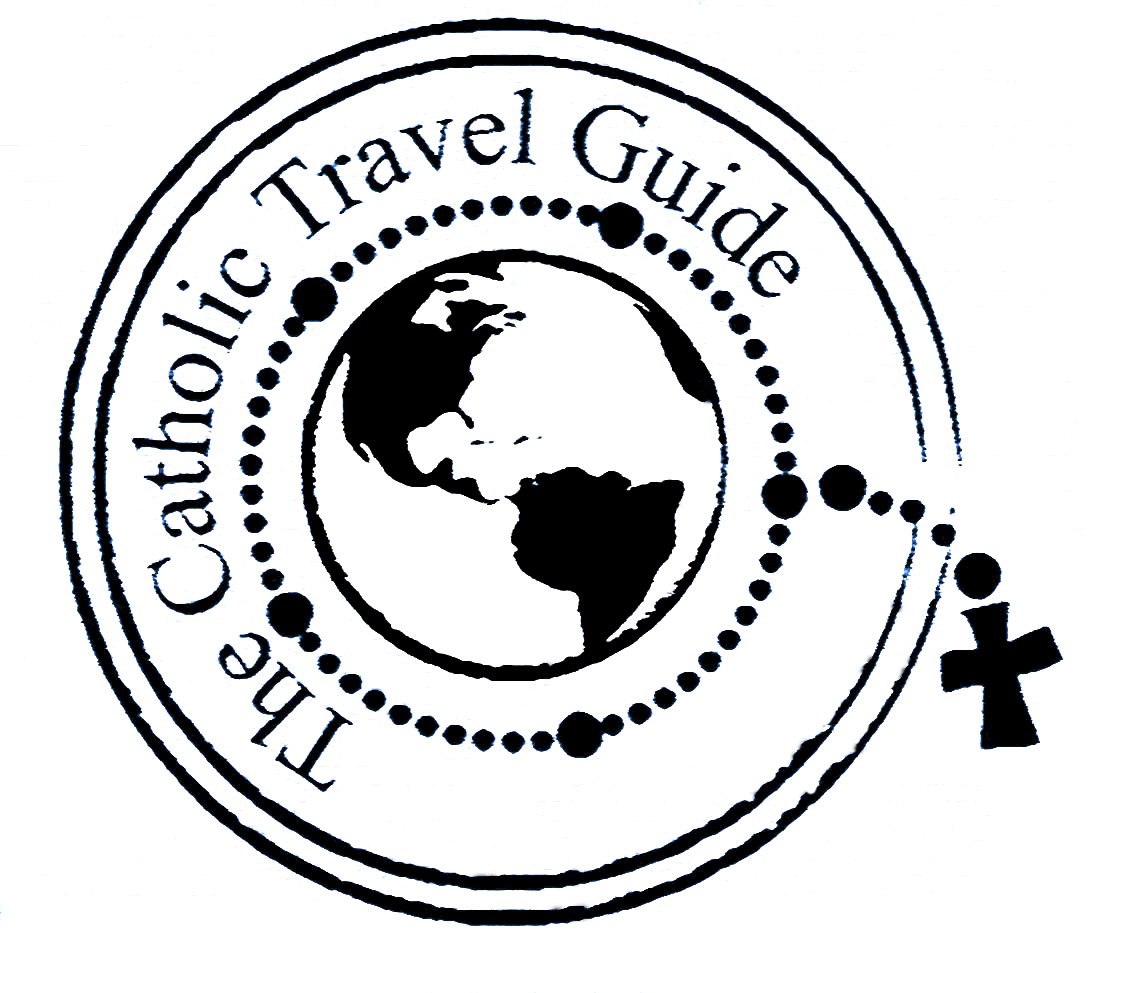Catholic Churches, Shrines & Places of Interest in Spain
About the Catholic Church in Spain:
The new religion of Christianity came to Spain early in the first Century through the efforts of Saint James and the apostle Paul. Through the centuries Spain has given us some of our greatest saints and the country offers many places of interest to Catholics.
Of course, there was a time in the 20th century when the church suffered greatly. Civil war broke out in 1936 pitting “Republican” (communist) forces against Loyalists. The Spanish Civil War lasted until April 1, 1939, during which time some 20,000 Catholics ( including 13 bishops and 7,000 priests, monks and nuns) were killed.
With the end of the civil war in 1939, Francisco Franco, head of the Loyalists, ruled the country as dictator until his death in 1974. Although his rule was hardly democratic, it was perhaps a lesser evil compared to Communism. Today, parliamentary monarchy, similar to that of Great Britain: the monarch is the head of state, while the prime minister—whose official title is “President of the Government”—is the head of government.
Tips on Traveling to Spain:
If you are traveling on your own, there is a mobile phone app, misas.org, that will give you local Mass times and locations throughout the country (in Spanish only at this time).
A word about dinner in Spain: If you are traveling independently and head out for dinner, be aware that dinner is normally served from 9:00 p.m. until midnight, much later than many visitors are expecting. It is usually served earlier in tourist towns, or if you happen to be in a group tour. Dinner is usually a lighter meal than lunch…not what some are used to.
Catholic shrines & places of interest in Spain:
Alba de Tormes: Carmelite Convent & relics of Saint Teresa of Avila
Almonte: Monastery of El Roccio
Agreda: Incorrupt Body of Venerable Mary of Jesus of Ágreda “The Lady in Blue”
Aragon: Our Lady of Torreciudad
Avila: Saint Teresa of Avila
Barcelona: Basilica La Sagrada Familia, Cathedral of the Holy Cross
Canary Islands: Our Lady of Candelaria
Cantabria: Monastery of Santo Torbio de Liebana
Cravaca de la Cruz: Basilica of the Holy Cross
Carretera de Guadarrama: Basilica of the Valley of the Fallen
Covadonga: Our Lady of Covadonga
Garabandal: Apparitions of Our Lady
Girona: Monastery of St Peter of Rodes
Guadalupe: Our Lady of Guadalupe in Extremadura (Black Madonna)
Limipias: Miraculous Crucifix
Leon: Basilica of San Isidoro & Pantheon of the Kings
Loyola: Ignatius of Loyola
Madrid: Catholic shrines & places of interest
Malaga: (cruise port & Cathedral)
Majorca (Mallorca): Cathedral of Our Lady
Manresa: Where St. Ignatius of Loyola wrote his “Spiritual Exercises”
Montserrat: Home of the Black Madonna
O Cabreiro: Eucharistic Miracle & stop on the route of Saint James
Oviedo: Catholic shrines in Oviedo
Prada Nuevo: (Madrid area): Our Lady of Sorrows
Salamanca: Pena de Francia (Our Lady of the Rock)
Santiago de Compostela: the Cathedral of Saint James
Santo Domingo de Silos: the Monks of Santo Domingo de Silos
Saragossa (Zaragoza): Our Lady of the Pillar
Segovia: Tomb of Saint John of the Cross
Seville: Largest Gothic Cathedral in the world, tomb of Christopher Columbus
Valencia: Saint Mary’s Cathedral and the Holy Grail
Vic: Tomb of St Anthony Mary Claret in the Motherhouse of the Claretian Order.
Villafrana de Bierzo: Convent of the Annunciation (tomb of Saint Lawrence of Brindisi)
Villareal: Basilica of Saint Paschal Baylon
Traveling independently? Try staying in a Parador for a unique experience.


I noted that the Caravaca de la Cruz is not included in your list? or the Mezquita (Cathedral) in Cordoba? They are beautiful and faith-filled sites.
Thanks for the suggestion…we will add it as soon as possible.
We would like to spend june, july, and august in Spain 2023. We have 2 teens and would like to join a swim team and a tennis club. We have bever been to Spain. We would like to see a lot of historical sites and practice our Spanish. Should we stay in Madrid, Valencia, Seville, or somewhere else as our home base?
Try researching Zaragoza – we lived there for over 3 years. Zaragoza is located about halfway between Madrid & Barcelona, (as a bonus, it is only a 4.5 hour drive to Lourdes). You will love the basilicas, especially Our Lady of the Pillar, where you can venerate the pillar and see 3 bombs dropped (but which never detonated) during the Spanish Civil War. Santa Engracia church had started investigating/excavating when we left in 2009, so there may be crypts to visit by now.